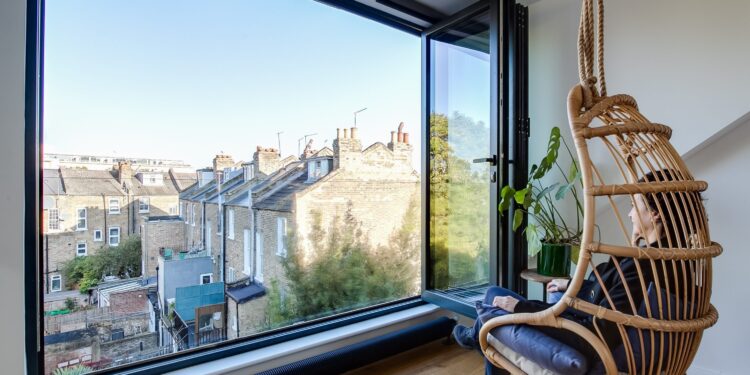The atmosphere of a pediatric healthcare facility has a profound effect on how young patients and their families experience care. Hospitals and clinics can often feel intimidating, with unfamiliar sounds, sights, and routines creating stress for children. Through intentional design choices, these environments can shift from overwhelming to supportive, easing anxiety and helping children feel more at ease during treatment.
One of the most effective strategies is to incorporate play into the environment. Waiting rooms filled with toys, interactive displays, or bright wall art help redirect children’s attention from worry to curiosity. Within exam and treatment areas, age-appropriate games, cheerful visuals, and interactive features foster familiarity. These details transform clinical spaces into places that feel less daunting for both kids and caregivers.
Accessibility is another cornerstone of supportive design. Much like how stadium design prioritizes inclusivity, healthcare spaces should be built to accommodate everyone. Wider entryways, adaptable furniture, and sensory-conscious layouts create a smoother experience for children with disabilities or sensory sensitivities. Even simple additions like lower counters and adjustable lighting can make visits easier and more comfortable.
Shared areas play an important role as well. Family lounges, gardens, and gathering spaces provide opportunities for rest and reflection during long or stressful appointments. For older children and teens, these communal areas encourage social interaction, building resilience and supporting emotional well-being.
Personal touches can make a major difference. Allowing families to customize aspects of a child’s room, like incorporating favorite colors or displaying familiar belongings, helps create a sense of control in an unfamiliar setting. In facilities where private rooms aren’t possible, designated quiet areas for conversations or downtime offer families much-needed privacy and comfort.
Overall atmosphere is just as important as individual features. Natural elements such as warm lighting, soothing colors, and plants reduce sensory strain and create a more welcoming environment. These calming influences help shift the perception of healthcare spaces from intimidating to nurturing.
Finally, involving parents and caregivers is essential. When facilities provide areas for families to stay close, participate in care, and share quiet moments, they strengthen the child’s support system and reinforce healing.
By focusing on comfort, inclusivity, and emotional needs, pediatric healthcare environments can become more than treatment centers. They can serve as spaces where children feel secure, supported, and cared for in every possible way.For more on this, check out the accompanying resource from Dimensional Innovations, an innovation design company.


 Home
Home










